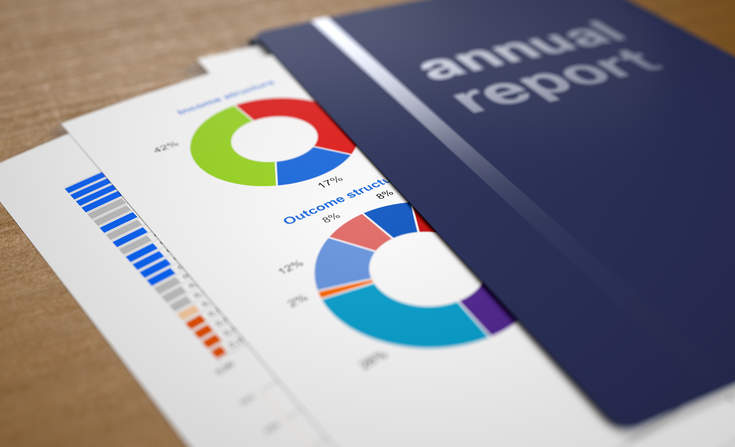 |
| Reviews and Templates for Expression We |
What makes a good corporate responsibility report?
As the reporting landscape continues to evolve, Environmental Resource Management’s 2015 Corporate Responsibility Reporting Survey found that companies are finding new ways to leverage corporate responsibility reporting to benefit their business and advance their sustainability programs.
Most strikingly, respondents (~100 global companies) felt that the process used to produce the report was as valuable, if not more valuable, than publishing the report itself. At the same time, many respondents indicated that there are still ample opportunities to increase the value extracted from the reporting process and to make the overall process more efficient. Below are key highlights.
Reporting benefits the business and drives sustainability performance
Respondents identified a number of value drivers from the reporting process, which fell into three primary categories:
• Improved relationships and reputation with key stakeholders, particularly employees, customers and the general public
• Sustainability performance improvements through use of better quality data, increased transparency on key issues and improvements in business strategy
• Risk mitigation associated with shareholder inquiries and supply chain management
Respondents also indicated what parts of the reporting process were most important for creating internal value to the company. Across the board, internal stakeholder engagement, including engagement with executive sponsors, cross-functional teams and subject matter experts, was seen as important or very important to driving value in the reporting process by more than 85 percent of respondents.
Beyond internal stakeholder engagement, respondents indicated that data collection and analysis and goal-setting processes are critical for driving value. Almost 70 percent of respondents also cited the materiality assessment process as important or very important in creating value for the organization, likely because it often serves as a foundation for both the CR strategy and report.
Substantial opportunities for process and efficiency improvements still exist
More than 80 percent of the respondents agreed or strongly agreed that their organizations can increase the value they get from the reporting process. Respondents specifically highlighted opportunities related to:
• Conducting a more thorough materiality assessment
• Creating better stakeholder engagement processes
• Improving metrics and data analysis on material sustainability issues
• More effectively leveraging the report content with stakeholders after publication
They also noted opportunities to improve process efficiency. Over 60 percent of respondents identified data collection and quality assurance processes as an area for improvement, indicating the need for better data collection tools.
Other highly ranked issues centered around better coordination with other departments and a streamlined process for reviewing, editing and approving the report. Interestingly, over 30 percent of respondents believe that a more focused, shorter report would be a key efficiency driver, emphasizing the value of having an effective materiality process to focus the report content.
Transition to GRI G4 is seen as relatively easy and uptake is expected to grow in FY16
Respondents confirmed that the GRI guidelines continue to serve as the primary framework guiding reporting efforts, with over 80 percent reporting in conformance with GRI G3.1 or G4 guidelines. GRI’s latest version, G4, has gained acceptance, and reporters do not appear to be having difficulties with the transition. In fact, more than 50 percent of respondents felt GRI G4 had a positive impact on their reporting efforts.
Respondents appreciate the focus on material issues, as companies become more strategic in their approach to sustainability. For example, one respondent successfully cut their report length by nearly half by switching to G4. In FY16, over 60 percent of respondents plan to report in conformance with G4. The move toward integrated reporting, however, appears to be slower, with companies sticking with separate, complementary sustainability reporting processes for the foreseeable future.
|
|
|
|
Copyright 2011 Energy and Technical Services Ltd. All Rights Reserved. Energyts.com |
